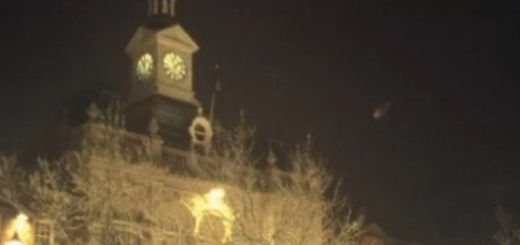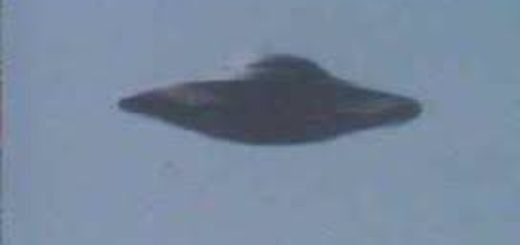Mesopotamian Music Stele That Commemorates Gudea King Of Lagash In Temple Foundation Ceremony
Just as in ancient Egypt, music played a very important role in Assyria and Babylonia. While the Egyptians believed that music was the voice of god, according to the Akkadian and the Babylonian beliefs, music was the domain of gods.

Most music for the Babylonian people was instrumental but there was also some singing.
The Babylonians had a habit to use music as a supplement to the chanting of an important verse, singing of liturgical poems or the telling of a story. Music was not only used for religious and foundation ceremonies but for entertainment as well.
The most used instruments included the drum, the harp, the reed flute, the lyre and the trumpet.
This ancient “Stele of Music” depicts ‘King Gudea of Lagash’ carrying a peg and cord and followed by figures probably representing his princely heir and two priests.
They prepare to lay out the plan of a sanctuary of Ningirsu, a son of Enlil and the patron deity of the ancient Sumerian city of Girsu (Lagash).
His name means “Lord of Girsu”, and his symbol is the lion-headed eagle.
The foundation ceremony is accompanied by music on the lyre, of which sound box is decorated with a bull.
The limestone “Music Stele” was unearthed at Telloh (ancient Girsu), and was dated to the second dynasty of Lagash, during the reign of Gudea (ca 2100 BC).
The artifact measures 1.20m in height, 0.63m in width and 0.25 m in diameter.
The stele represents the tradition of Neo-Sumerian art, which – unlike that of the preceding period of the warlike exploits of the rulers of Akkad – shows the powerful ruler Gudea engaged in peaceful activities in his land.
Several inscriptions mention temples built by Gudea in Uruk, Nippur, Adab, Ur and highlight Gudea’s achievements regarding the building of irrigation channels and the creation of valuable gifts to the gods.
The artifact is also one of representations of musicians, usually depicted in the banquet scenes, which decorated cylinder seals and perforated plaques dated to the early 3rd millennium BC .
Written by – A. Sutherland AncientPages.com Staff Writer
Copyright © AncientPages.com All rights reserved. This material may not be published, broadcast, rewritten or redistributed in whole or part without the express written permission of AncientPages.com



 Creators of mankind
Creators of mankind Description of “Tall white aliens”
Description of “Tall white aliens” Where they came from?
Where they came from? About hostile civilizations
About hostile civilizations The war for the Earth
The war for the Earth “Tall white aliens” about eternal life
“Tall white aliens” about eternal life Video: “Nordic aliens”
Video: “Nordic aliens” Aliens
Aliens Alien encounters
Alien encounters The aliens base
The aliens base UFO
UFO Technology UFO
Technology UFO Underground civilization
Underground civilization Ancient alien artifacts
Ancient alien artifacts Military and UFO
Military and UFO Mysteries and hypotheses
Mysteries and hypotheses Scientific facts
Scientific facts


















